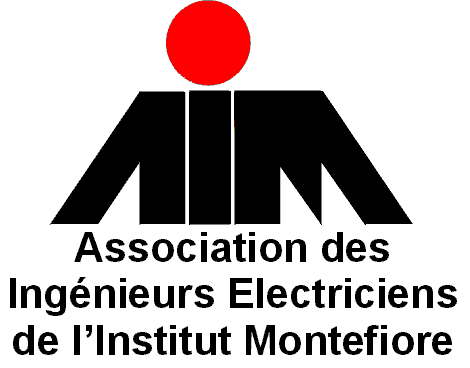
| 
|
Networked Multimedia Computing December 1993 - Liège | 
|
|---|---|---|---|
|
Ralf Steinmetz IBM European Networking Center - Heidelberg |

| 
|
Networked Multimedia Computing December 1993 - Liège | 
|
|---|---|---|---|
|
Ralf Steinmetz IBM European Networking Center - Heidelberg |
"Multimedia" means audio and/or video in a computer: a multimedia system is characterized by the integrated computer-controlled generation, manipulation, presentation, storage, and communication of independent discrete (such as text and images) and continuous media (such as audio and video).
A distributed multimedia system consists of four main building blocks which closely interact and relate to specific system components:
This tutorial provides computer experts with an overall view of what is multimedia today and where the main challenges in contrast to conventional computing arise. The attendee should then be able to distinguish between easy to provide showcases versus the real integrated multimedia solutions.
Ralf Steinmetz received the M.Sc. (Dipl.-Ing.) degree in 1982, at the Technical University of Darmstadt, Germany, and the Ph.D. degree (Dr.-Ing.) in 1986. Subsequently he joined the "Advanced Development Department" of Philips, Germany, where he was involved in an ISDN and established an ESPRIT project as part of multimedia workstations development activities. Since 1988 he has worked at the IBM European Networking Center (ENC) in Heidelberg, Germany. There he has been involved in various multimedia communication activities, including the leadership of the whole OS/2 multimedia transport system development and subsequently of the application projects. He lectures at the University of Frankfurt on "distributed multimedia systems". He is author of a technical book on multimedia technology, which reflects the major issues of a first in-depth publication and appear in early 1994, in German and in 1995, in English. He is editor of the magazine "Computer Communications" and of the "Distributed Systems Journal". He will be the associate-editor-in-chief of the upcoming "IEEE Multimedia Magazine". He has served as chair, vice-chair and member of various program and steering committees of multimedia workshops and conferences including "IEEE 1994 International Conference on Multimedia Systems" (as program chair).
|
Editor: -G. Leduc- Webmaster: -S. Calomme- |
CSS |
RUN |
Montefiore |
ULg © 1998-1999 Last Modified: Thu March 11 1999 |